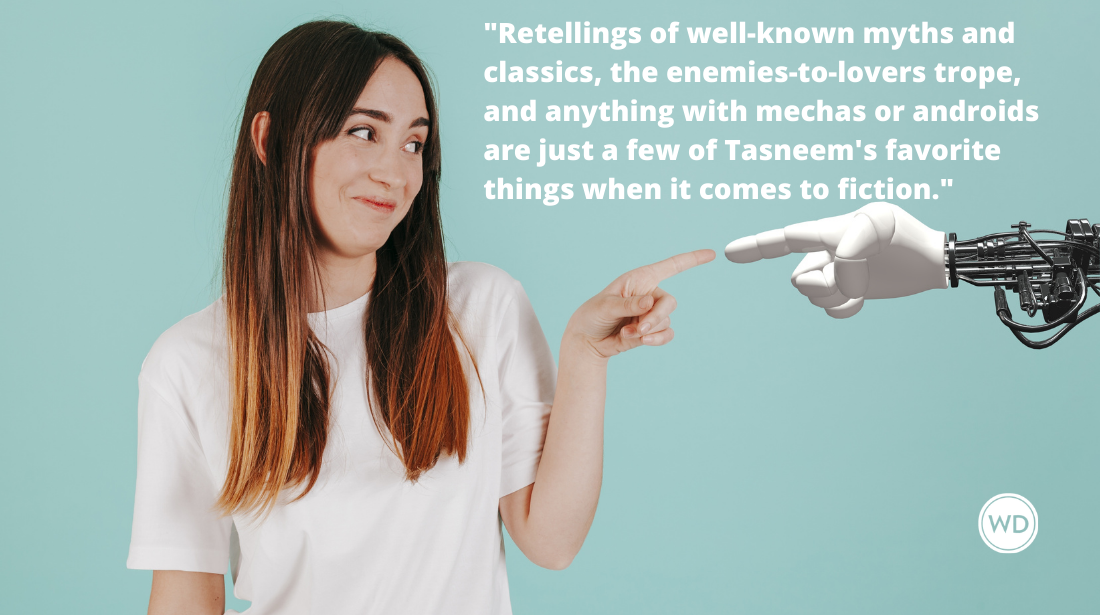What’s In a Pitch? Examining ‘Alibi Junior High’
What’s In a Pitch? is a new series that takes actual novel pitches and examines why they work successfully. This series is designed to help writers who need help composing…
What's In a Pitch? is a new series that takes actual novel pitches and examines why they work successfully. This series is designed to help writers who need help composing the pitch paragraph of their query letter, or pitching an agent in person.
By the way, since I read mostly kids fiction, it will be mostly kids fiction here, too, but the framework of a successful pitch is the same no matter what category or genre you're writing. Today's pitch to dissect is Greg Logsted's Alibi Junior High. I saw the book at the library, read the inside cover (the pitch) and immediately wanted to read this book.
Thirteen-year-old Cody Saron has never lived in one place longer than a few weeks, and has never attended a regular school. Growing up on the run with his father, an undercover agent for the CIA, Cody has traveled the entire globe; he speaks five languages; and he has two black belts. What Cody isn't prepared for ... is junior high.
When the danger surrounding Cody's dad heats up, Cody is sent to stay with the aunt he's never known, Jenny, in her small Connecticut suburb. Cody has no idea how to fit in with other kids, how to handle his first crush, or how to make it through a day of classes. As Cody struggles to adapt to the one thing he's never experienced - a normal life - he starts to fear that his father's world has followed him and no one he loves is safe.
Why does this pitch work?
Immediately we know the protagonist and his age: Cody Saron is our main character, and he is 13. Next: His place in life is intriguing, no? He works with his CIA agent dad and is skilled in dangerous things, such as foreign languages and combat. And now comes the real hook: Can a kid who is prepared for any mortal danger or espianoge situation ... survive normalcy? The hook is laid. It's a unique take on the "fish out of water" story.
Then the "promise of the premise" is unveiled. (Screenwriter Blake Snyder came up with this term.) What it means is this: When you or I hear the big hook ("...survive normalcy?"), what scenes start to pop into our minds? Cody struggling to fit in, Cody struggling to woo a girl, Cody struggling to find classrooms - these are ideas that popped into my head. And as the pitch continues, it lets us know that those scenes are indeed in the story, thereby delivering on the promise of the premise.
The conflict is laid out and clear: Can he fit into a "normal" world? Whether he does or doesn't, what will happen to his father? And will his old world catch up to him in a bad way? Multiple layers of conflict are here.
One thing that struck me immediately was the name. Cody SARON. Sarin gas? Like in The Rock? A chemical agent used by special forces and shizz? Good name! Cody is like the typical boy name, and then you have a name signifying danger. Nice combo.
The pitch is not long - only six sentences - and it works on all levels. We know who the character(s) is, what the conflict is, what the stakes are, and a nice hook links it all together.
Chuck Sambuchino is a former editor with the Writer's Digest writing community and author of several books, including How to Survive a Garden Gnome Attack and Create Your Writer Platform.







